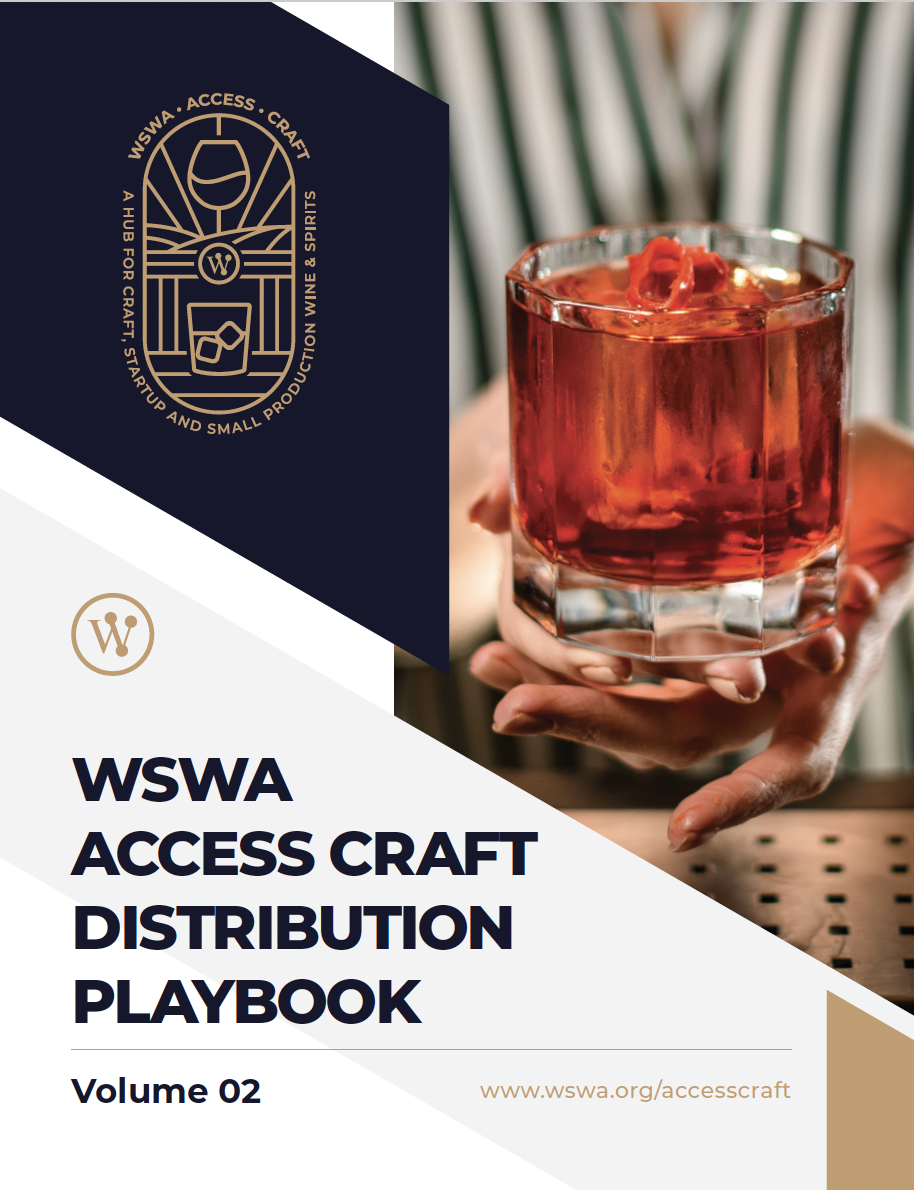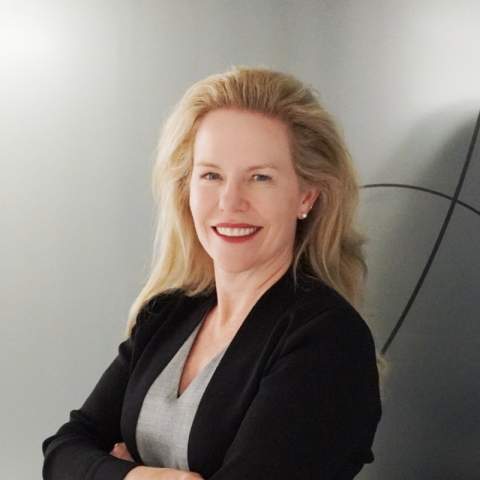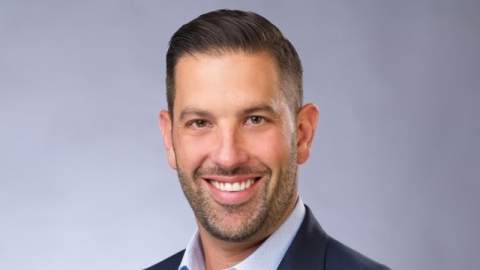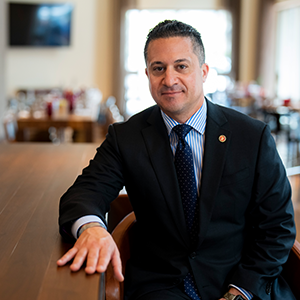Finance and venture investment experts Kristen Bareuther, Head of Investment Asahi Group Beverages & Innovation, LLC the U.S.-based venture arm of Asahi Group Holdings, Ltd., and Michael Manzo, Executive Vice President & Chief Financial Officer for Winebow, explore the current state of the capital investments market, growth strategies for start-up entrepreneurs in the beverage alcohol space and focus on what’s needed to attract and engage with investors.
CONTACT
Please send all media inquiries or follow-up questions to Michael Bilello at michael@wswa.org
KEY TAKEAWAYS
Data from WSWA's SipSource: Most craft wine and spirits products fall within the mid- to high-tier price tiers tracked by WSWA's SipSource with March-ending data showing an even more tenuous position for brands to maneuver (ex. Table Wine Tier 6 $25.00-$49.99: -17.32%, Spirits Tier 4 $25.00-$49.99: -4.19%) – but panelists are bullish about the future of the market and urged attendees to look deeper at category levels- specifically record growth in the ready-to-drink and ready-to-pour categories:
- Pre-Mixed Cocktails $10.00-$19.99: +44.9%
- Pre-Mixed Cocktails $20.00+: +13.9%
- Whiskey U.S. $100+: +2.0%
- Whiskey –Other $50.00-$99.99: +13.7%
- Whiskey-Canadian $50.00-$99.99: +88.9%
- Whiskey-Canadian $100+: 25.6%
Ready-to-Drink vs. Ready-to Pour: “I’m very bullish about wine-based opportunities in the future,” said panelist Kristen Bareuther of Asahi Group Beverages & Innovation. “Historically, if I think about wine formats – they were in more traditional formats and interestingly, while we’ve seen a real growth of cocktails of all different types of new, ready to drink products, I don’t know that we’ve seen as much on the wine side.” While Kristen says historically single serve was harder for wine because of some of the sensory products today it’s all about recognizing how consumers are using these products today. “[This] might be were wine might have some unique spaces to play. If you are thinking about how consumers are drinking single serve beverages…[many] people take a canned beverage and actually pour it in a glass and drink it. The concept that consumers want the convenience of a can…but will pour it into glass, I think that suddenly opens up a log of unique opportunities.”
Wholesalers Invest in Relationships: According to CFO of Winebow Michael Manzo, “To us, an investment in a product is an investment in a relationship. We want to work with suppliers that are not only authentic, but that are obviously very passionate about their product and that have a really good understanding of how this distribution system, or the three-tier distribution system works and how we work within that system. When I say ‘invest’ I mean we invest very traditionally form an operating perspective – we in people, we invest in infrastructure, we invest in product, invest in warehousing – but we also invest with our suppliers to aid in that initial sales growth. We will start mechanisms with suppliers whether that is fielding incentives, trips, or education. So as a distributor, we are not a very traditional investor, the ‘we will spend a dollar for X percent of your business’ is not what we normally do, its not a normal course of business for us…as a distributor it’s the non-traditional investment in the process, in the people, in the supplier to make that product work in the marketplace.”
Profitability Planning: “If you go back in time, there were a lot of brands that launch and said ‘hey I’m going to go build my business, I have a go big plan and its not so essential that I show when I’m going to be profitable. I think it’s a really big shift right now when cost to capital is high, it’s helpful to have a good sense of how can one become profitable over time,” says Kristen. “What does that look like? And, how does the business model today, even if its not perfect, how’s it going to get to a different place, how might you bring down costs? We tend to focus a lot on that.”
Experienced Teams Sell Investors: Kristen’s team looks more than just a product, her team knows that this business is about the people in it: “I think some of the most investable opportunities as of late have been the ones where there is someone involved in that business who is really financially grounded and helpful in terms of allowing that entrepreneur to pivot when they need to pivot into new areas – to go out and really look at new types of new opportunities, new venues and be super creative – and yet similarly, have somebody who is really looking at that and saying what does that mean in terms of how we finance that, what do we test now, what do we go big on at what point of time?” From a distributor’s perspective, “Number one, have realistic expectations about what your brand has the ability to do in the marketplace and come to the table with those realistic expectations. That kind of goes hand in hand with having someone who is financially astute in your corner or on your board,” said Manzo.
ACCESS VOL. 2 OF THE DISTRIBUTION PLAYBOOK
Get the scoop from successful craft brand owners and operators on best practices and tips that are leading to impressive growth both on- and off-premise. Proven craft brand distributors give insight on getting into the most competitive marketplace in the world, as well as what it takes to run a business in the current climate.




